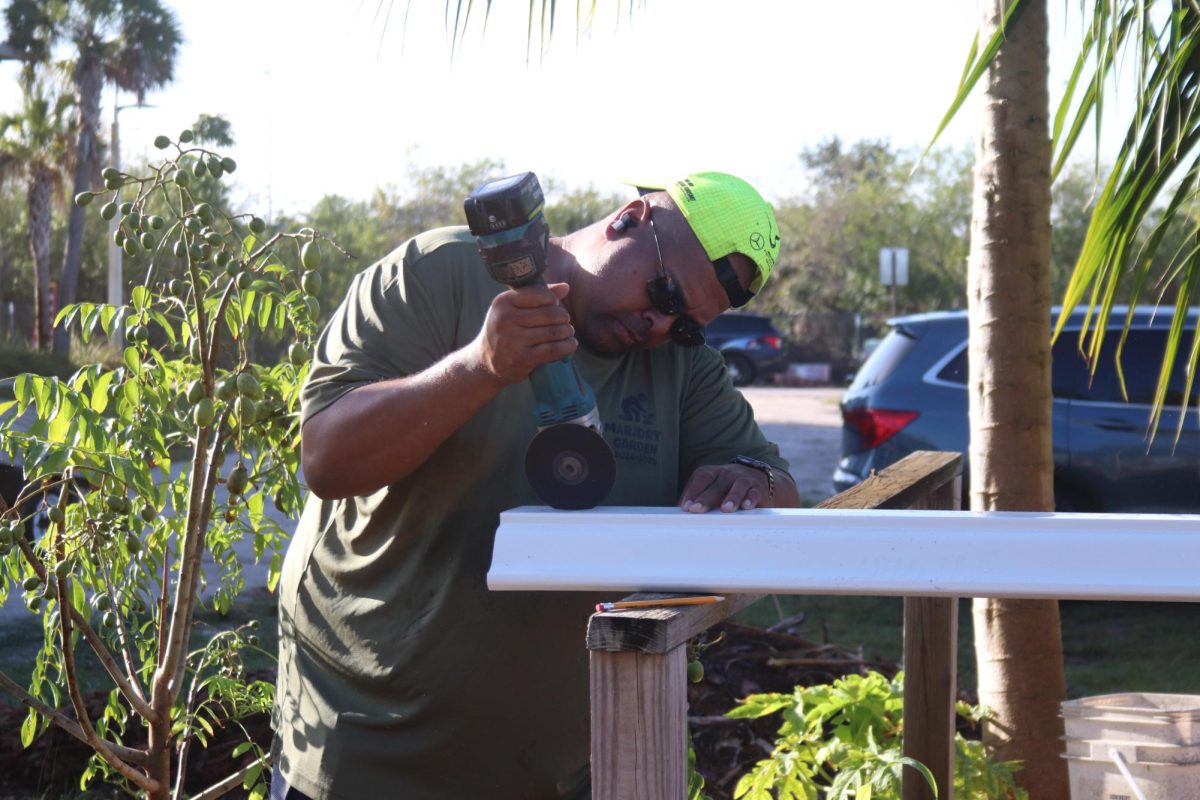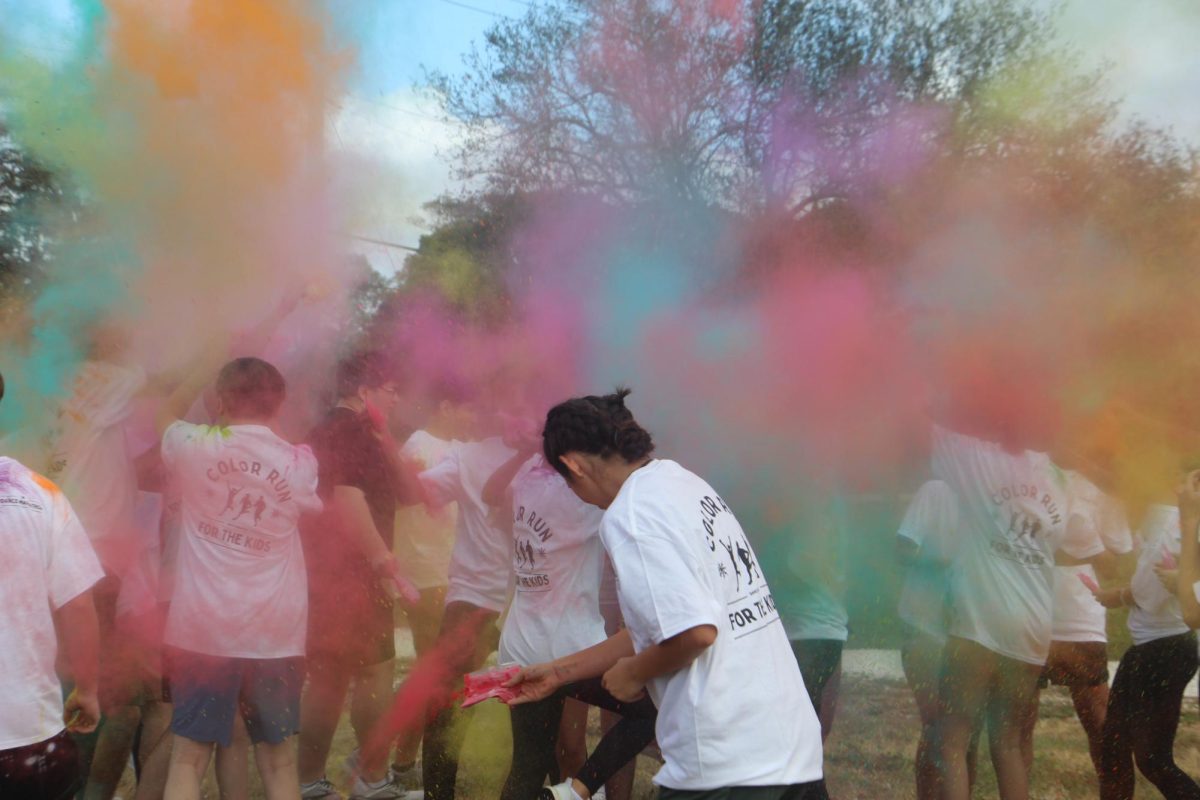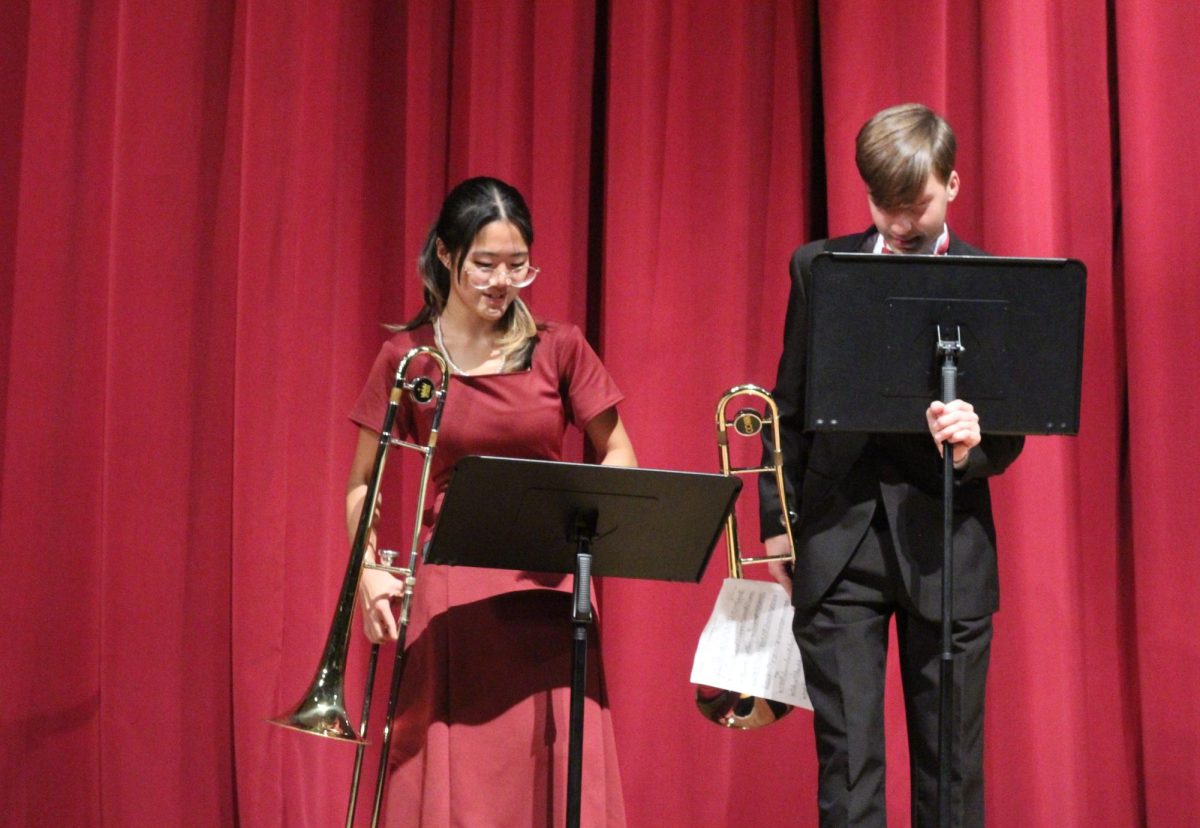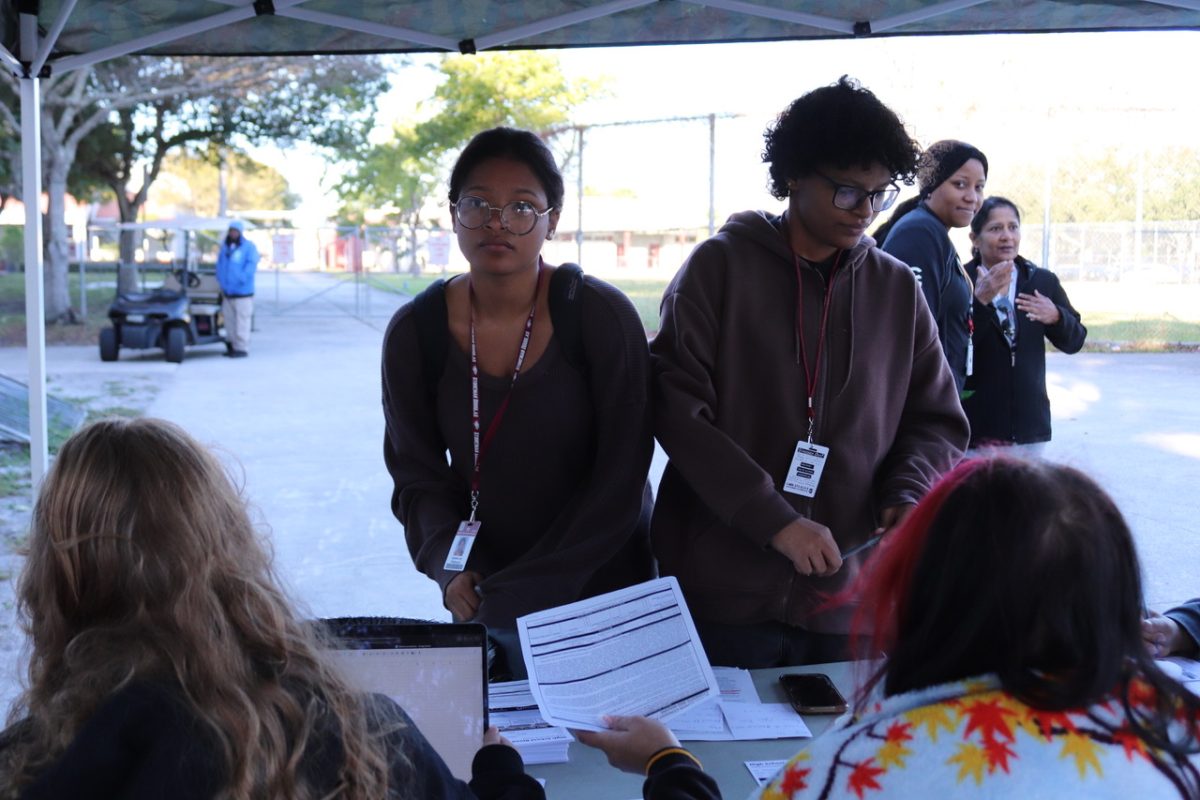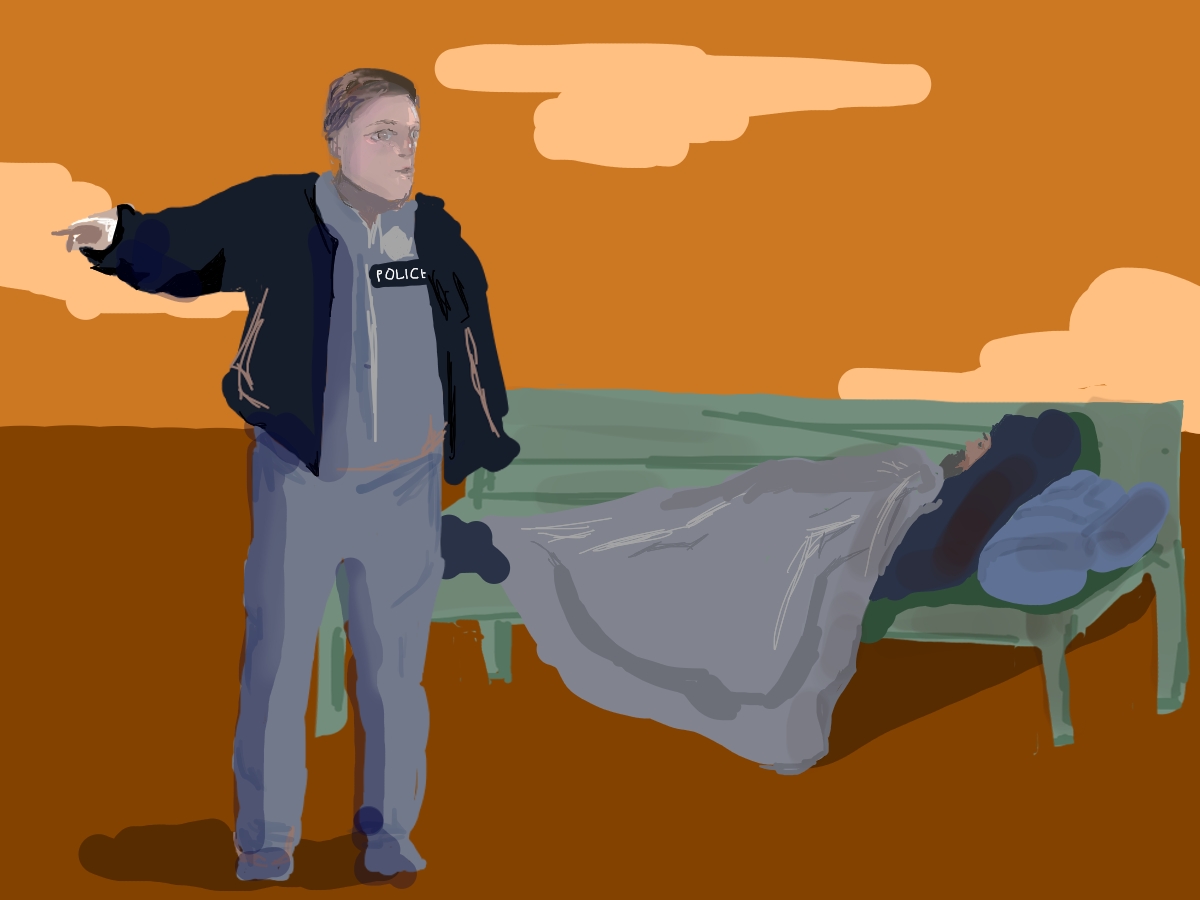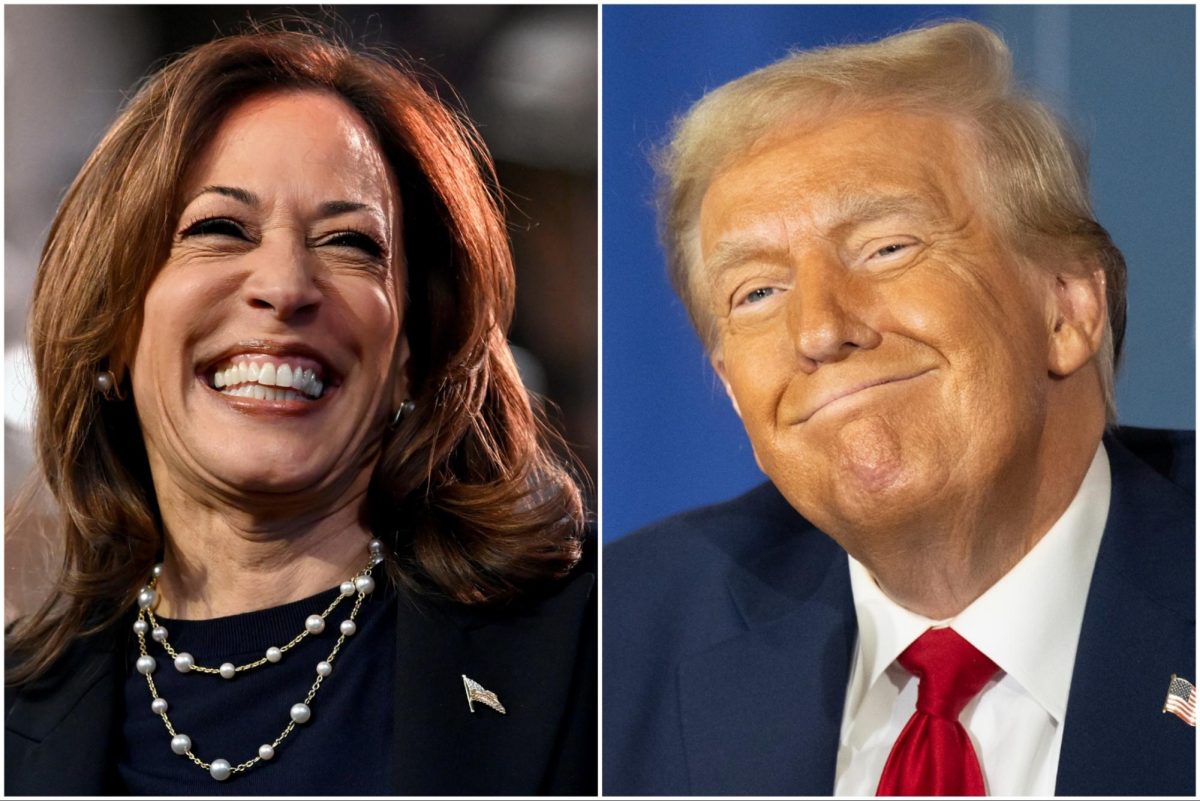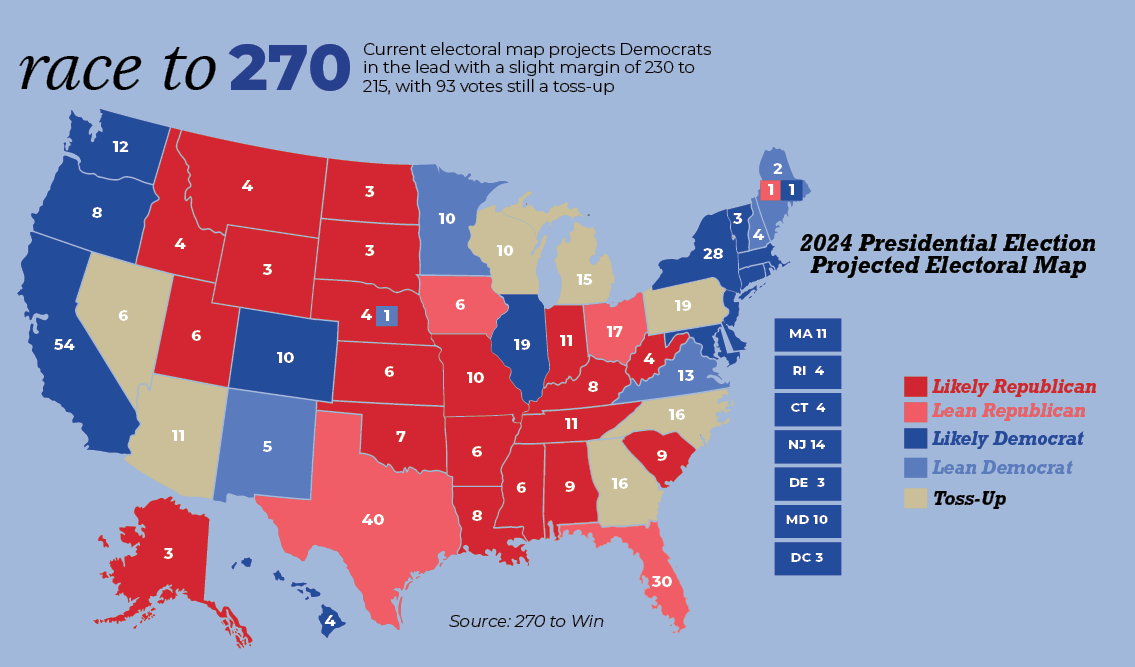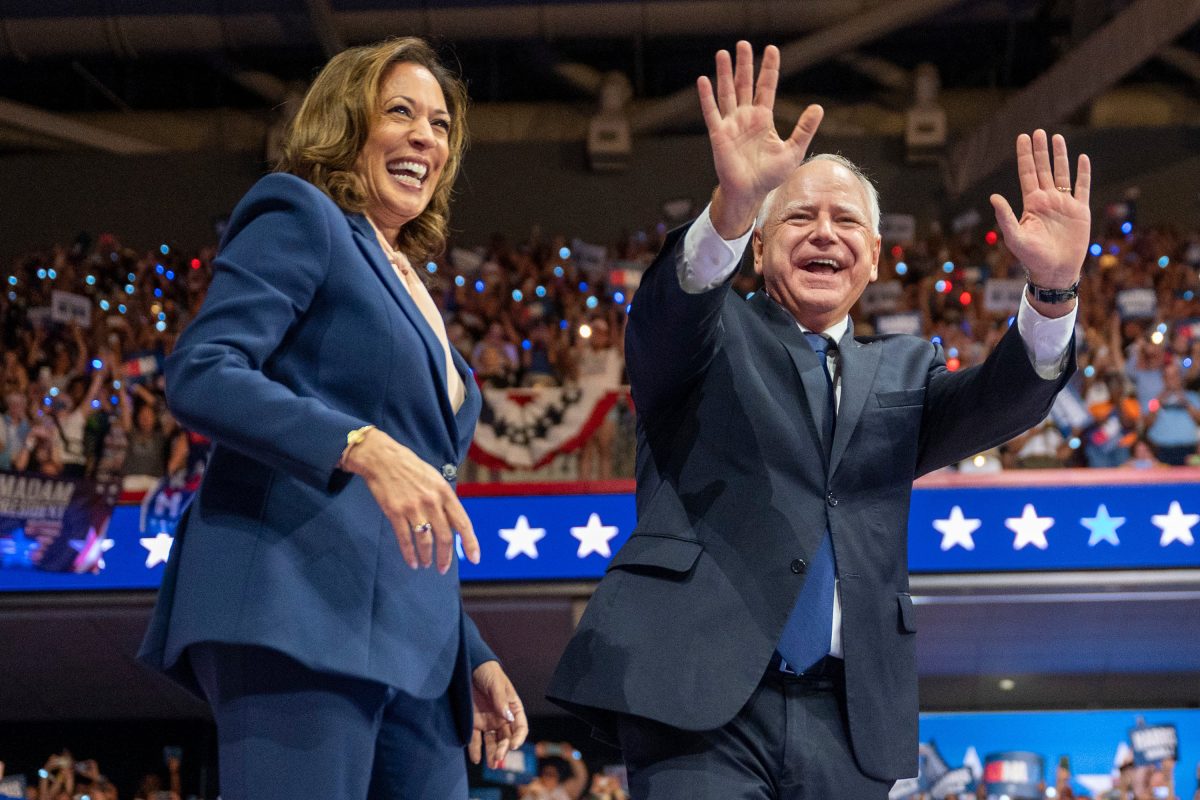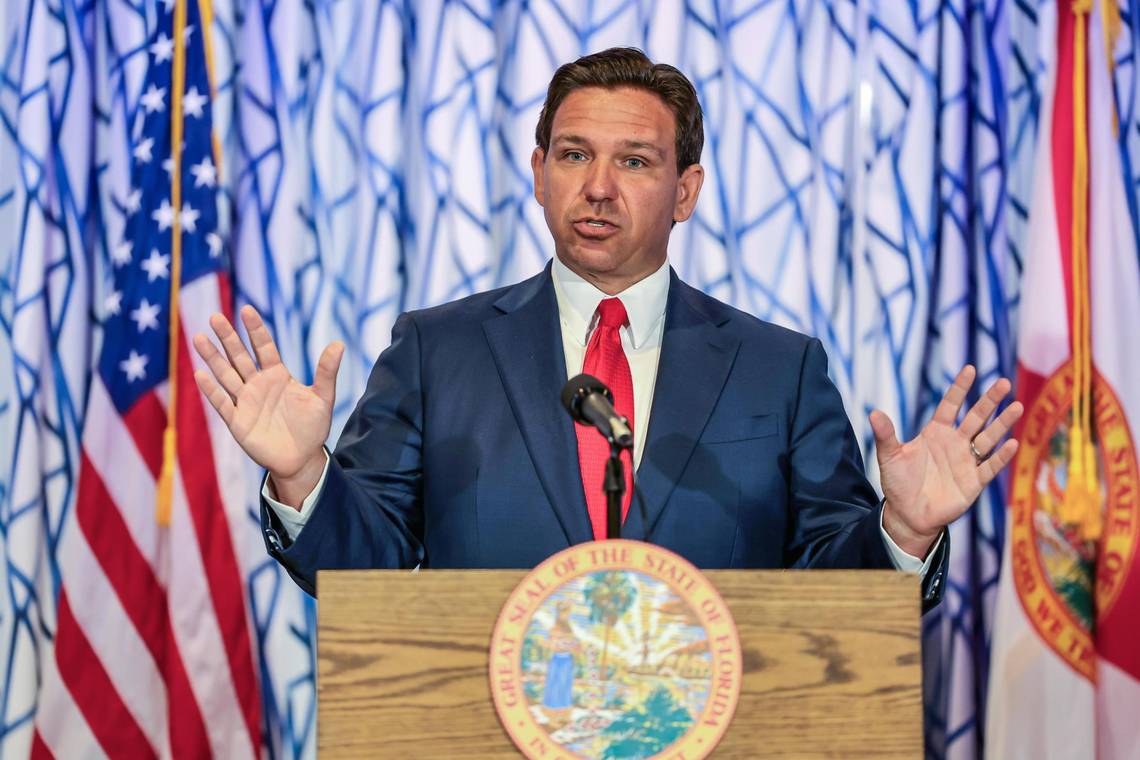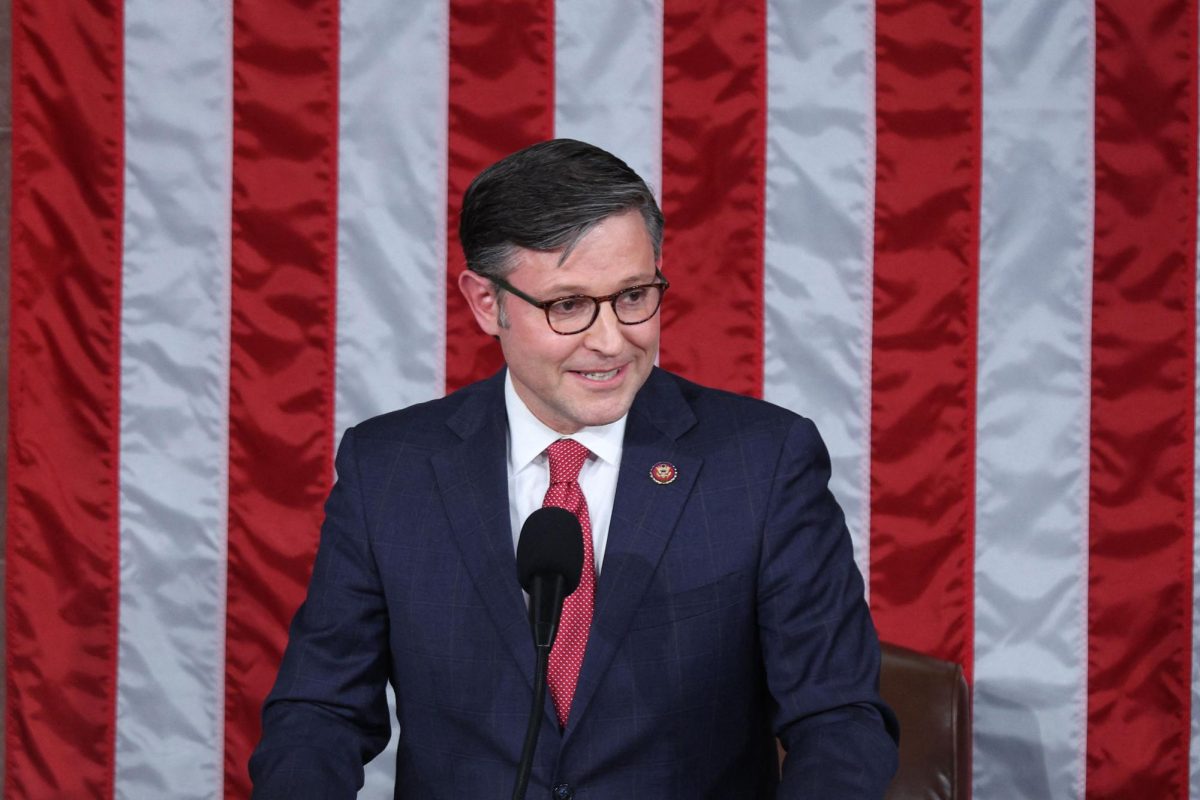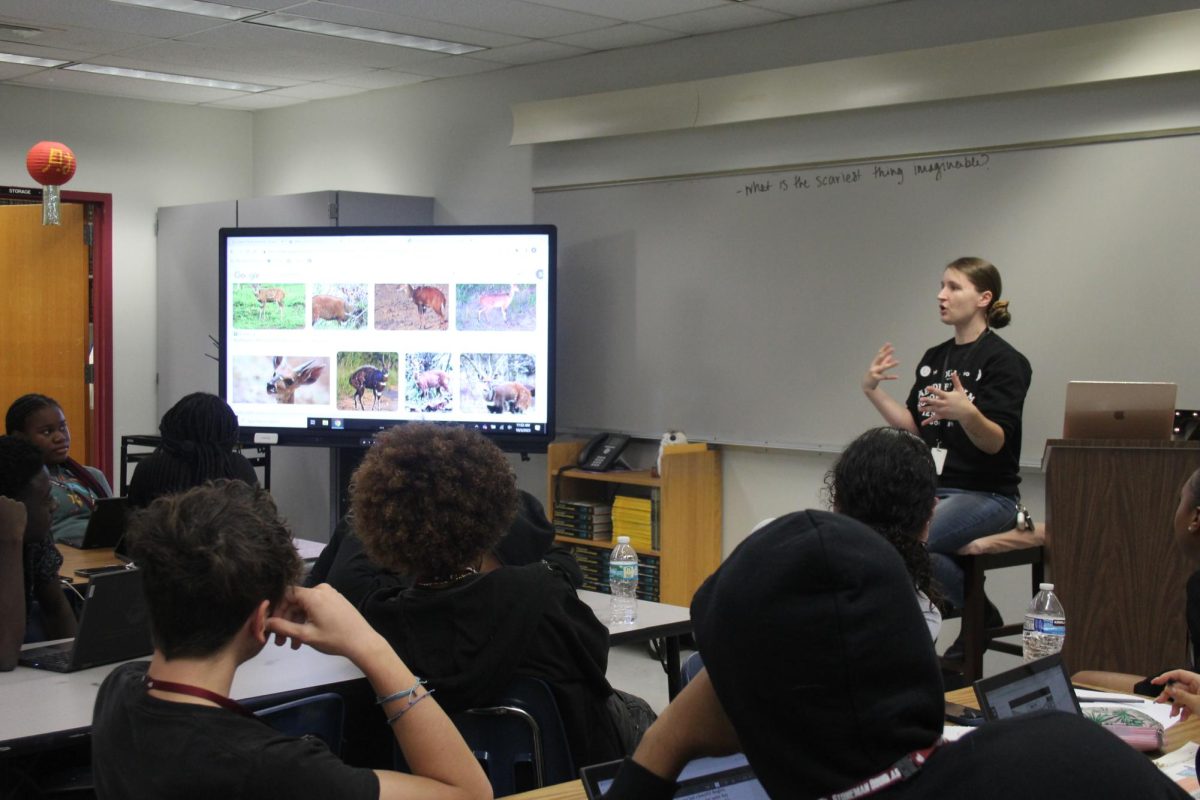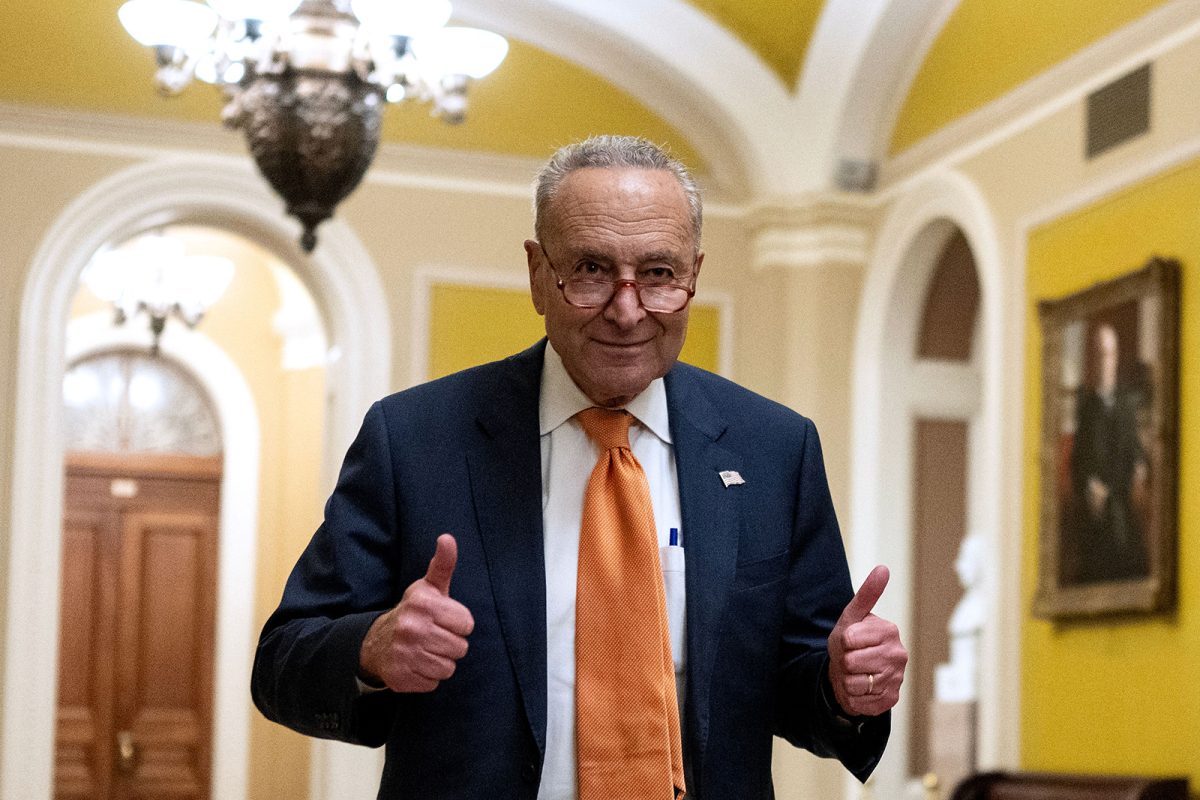
*This story was originally published in the December 2016 print edition of The Eagle Eye.*
Florida became one of the three states–along with North Dakota and Arkansas–to legalize medical marijuana on Nov. 8. According to the New York Times, 9.1 million people voted, passing the Amendment 2 with an overwhelming 71 percent. The amendment only needed 60 percent to pass.
There are currently 28 states that allow some form of marijuana legislation, eight of which have legalized recreational marijuana use.
The amendment specifies that only people with certain debilitating illnesses would have access to the substance. These illnesses include cancer, epilepsy, glaucoma, HIV and AIDS, PTSD, ALS, Crohn’s disease, Parkinson’s disease and multiple sclerosis. An estimated 450,000 people qualify for a medical marijuana prescription in Florida.
“A lot of people who are in excruciating pain from various diseases have an alternative to some of the medicine that they are being given,” senior Matthew Gibbons said. “Marijuana is a really good alternative for pain relief, and it can even minimize tremors for people with Parkinson’s disease.”
Floridians voted on Amendment 2 for the first time in 2014. The amendment failed to pass by merely 2 percent. Proponents modified the initiative for the 2016 election, indicating the illnesses eligible to be treated with medical marijuana.
“The wording of the amendment in 2014 was unclear and probably caused voters to be weary about voting yes,” senior citizen voter Marian Cohen said. “There was also so much influence from the media, I think more people would’ve voted yes without these impressions.”
2.6 million Floridians voted against the amendment in the 2016 decision. A common belief of voters is that the introduction of medical marijuana in Florida could pave the way for the authorization of recreational marijuana.
“I think most people believe the legalization of medical marijuana can lead to recreational marijuana being legalized,” adult voter Zerlina Kaplan said. “People are afraid of the consequences for that.”
Others fear the uncertainty of health repercussions due to the use of cannabis. According to the National Institute on Drug Abuse, marijuana contains carcinogenic combustion products, but evidence of whether or not marijuana can cause lung cancer remains inconclusive.
“Marijuana contains more than 400 chemical compounds,” pain management specialist Andrew Goldberg said. “The medical community doesn’t really know yet how these chemical compounds will affect people in the long term, there just haven’t been enough studies on it.”
As reported by Medical News Today, THC–an active ingredient in cannabis– aids patients through pain relief. However, the narcotic does not completely alleviate pain; it helps make pain more manageable.
“There are certain components within marijuana that can aid in relieving pain, reducing seizures or whatever the case may be, where pharmaceuticals are not always as effective in providing relief,” psychology teacher Ronit Reoven said.
Several South Florida cities passed temporary prohibitions on the sale of medical marijuana for the coming months. According to The Sun Sentinel, Boca Raton and Deerfield Beach are banning dispensaries and treatment centers until they can evaluate the impact on the community and determine zoning regulations. Coral Springs also voted to pass a 180-day moratorium.
Amendment 2 will go into effect on Jan. 3, 2017. The Department of Health then has until July 2017 to write regulations for the sale and cultivation of cannabis. In October 2017, doctors will grant identification cards to qualifying patients.
It is difficult to predict the future of the marijuana industry in Florida. Marijuana is a growing industry throughout the country; more than half of states have legalized medical and/or recreational marijuana.

